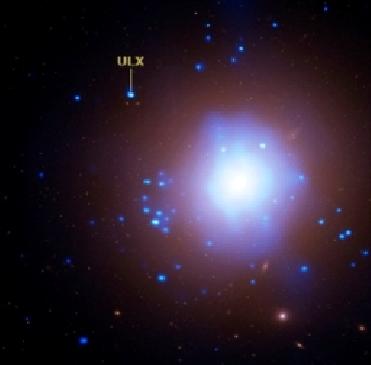
An artist's rendition of the extra solar planets. A File Photo.
WASHINGTON (BNS): NASA's planet-hunting probe Kepler space telescope has discovered five new exoplanets, or planets beyond the solar system.
According to a news release by NASA, Kepler's high sensitivity to both small and large planets enabled the discovery of the exoplanets, named Kepler 4b, 5b, 6b, 7b and 8b.
"These observations contribute to our understanding of how planetary systems form and evolve from the gas and dust disks that give rise to both the stars and their planets," said William Borucki on Monday. William Borucki of NASA's Ames Research Center is the mission's science principal investigator.
The planets discovered are called "hot jupiters" because of their high masses and extreme temperatures, the new exoplanets range in size from similar to Neptune to larger than Jupiter. The temperatures of the planets range from 2,200 to 3,000 degrees Fahrenheit.
The Kepler mission was launched on March 6, 2009, from Cape Canaveral Air Force Station in Florida. Kepler space telescope observes more than 150,000 stars.
The working methodology of Kepler space telescope is such that it looks for the signatures of planets by measuring dips in the brightness of stars. When planets cross in front of, or transit, their stars as seen from Earth, they periodically block the starlight. The size of the planet can be derived from the size of the dip. The temperature can be estimated from the characteristics of the star it orbits and the planet's orbital period, as reported in the release.
Kepler is NASA's 10th Discovery mission. It will continue science operations until at least November 2012. It will search for planets as small as Earth, including those that orbit stars in a warm habitable zone where liquid water could exist on the surface of the planet.
 Previous Article
Previous Article Next Article
Next Article













The Indian Air Force, in its flight trials evaluation report submitted before the Defence Ministry l..
view articleAn insight into the Medium Multi-Role Combat Aircraft competition...
view articleSky enthusiasts can now spot the International Space Station (ISS) commanded by Indian-American astr..
view article